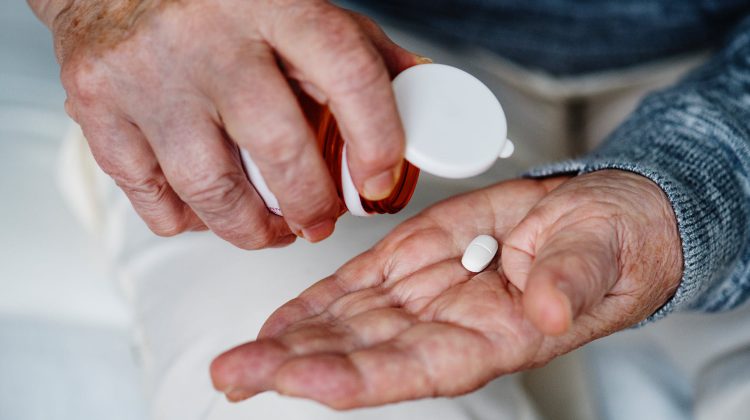Opioid-related deaths in the Muskoka area appear to be stabilizing, which is being considered a step forward.
The Simcoe Muskoka District Health Unit (SMDHU) said the region has been heavily impacted by the opioid crisis. Early data for 2018 shows the number of emergency visits grew from 2017 but the numbers from January through September 2018 indicated a “likely stabilizing of deaths.”
The health unit added there is still a lot more to be done to battle the crisis.
“The SMOS 2018 Status Update demonstrates significant achievements that have been made to date across our region,” Dr. Lisa Simon, Associate Medical Officer of Health at SMDHU said.
She also co-chairs the Simcoe Muskoka Opioid Strategy (SMOS), which is a cross-sector collaboration of local organizations to work on the issue of the drug’s misuse.
The SMOS launched its Action Plan for Our Communities in 2018. The plan uses prevention, treatment and clinical practice, harm reduction, enforcement and emergency management as its main pillars to fight drug abuse.
In 2018, over 130 health professionals were trained in the treatment of opioid use disorders, more than 7,000 Naloxone kits were distributed and three new needle exchange sites were created to name just a few highlights.
The Aboriginal Health Circle joined with the development of the SMOS Action Plan. The group consulted with the community. It resulted in the development of an Indigenous Led Opioid Strategy and Action Plan for North Simcoe Muskoka, which launched one year ago.
“The roots of addiction run deep, and we know that reaching upstream causes will require sustained efforts over years, and generations, to make a meaningful impact on the lives and health of our family members, friends, and neighbours,” Dr. Rebecca Van Iersel, SMOS co-chair, said.
For more information visit the health unit’s website.





